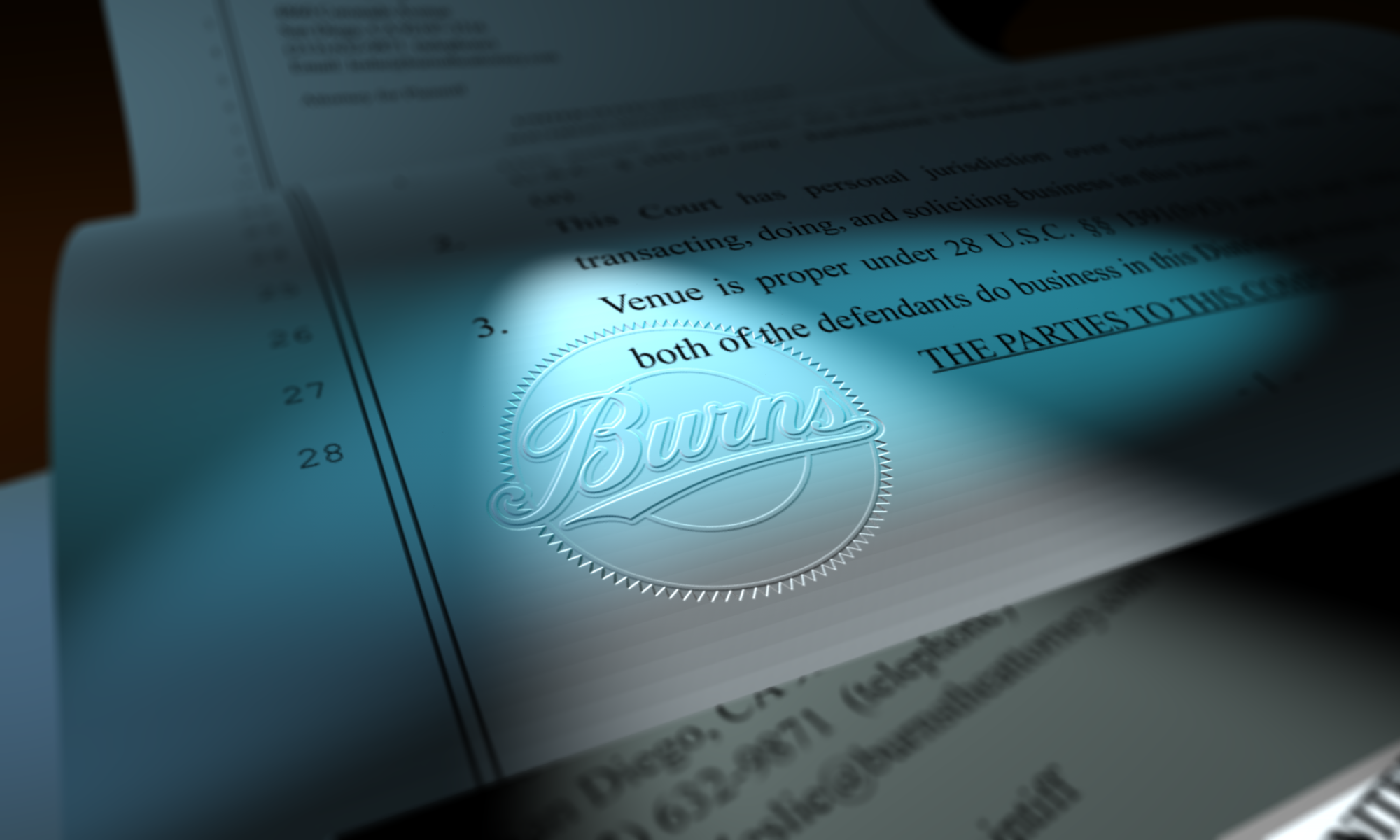Your case is the most important legal thing in your life. At times it can feel like the most important thing in your life, full stop, but really it’s probably not (the people we love are more important in my book, just for starters). Still, your case is really damn important and it should be.
Your lawyer knows that. Even when you don’t hear from your lawyer for a few days, that doesn’t mean s/he isn’t thinking about or working on your case. You and your case matter to your lawyer. Thing is, your lawyer has a bucketful of cases s/he is handling at any one time so you have to remember that yours is not the only case in your lawyer’s head.
Your lawyer should update you regularly as to the status of your case; maybe that is weekly, maybe that is every-other week, but regularly. If that isn’t happening, then it’s reasonable for you to ask for updates–both immediate and regular. If you want a status report on your case, sending a polite, “Any updates on the Bob’s Widgets matter?” kind of email to your lawyer when you haven’t heard anything in a week or so is fine, especially if you have established a sort of schedule that your lawyer missed.
However, emailing (or calling) your lawyer every/every-other day to ask what is happening is only going to add stress to your lawyer’s life and won’t make you feel any better. Your lawyer can’t control the opposition so if, for example, you’re waiting on a response to a demand letter, you bugging your lawyer isn’t going to make that happen any sooner. All it will do is take time from the lawyer’s busy day for him/her to draft a response to you or take your call.
That might not seem like much, but there is ample science pointing to how interruptions are much more stressful than we ever thought. Having to stop, say, working on a draft complaint for another client to respond to you isn’t nothing–it means having to put attention on a completely different thing. Stopping one line of thinking and starting another and then switching back.
In short, you need to respect your lawyer’s time and brain. Your lawyer needs to respect your emotions and need for information. Mutual respect.
The best way to demonstrate that respect is by clear and open communications, on both sides. Don’t lie to your attorney, or hold back details. If, for example, your lawyer asks “where did you post the work yourself” don’t say “Facebook” when, in fact, it was Facebook and Pinterest and your own blog and… Your lawyer, on the other hand, shouldn’t hold back in sharing information about your case. If s/he is getting any info from the other side, you have a right to that info.
Sometimes, I’ll get a client who will email (usually this is an email thing) something like “Oh, that image was not the one on the facebook page but it was on that other website–did you ask them about that?” That’s it. Um, what image, which case, which facebook page… huh? No context means I have to dig out all that client’s files and see if I can make sense of the email or ask the client to fill in the blanks, which can make the client upset that I don’t know immediately the context of the email. It’s as if I’m supposed to be able to magically recall every detail of every case of every client and when I don’t the client thinks I don’t care. Nothing can be further from the truth–I do care; I’m just not a machine.
By the way, there’s an easy (at least partial) fix for this: make the email subject line relevant. For example, don’t say “infringement matter” (I get loads of these!) but rather “Bob’s Widgets infringement matter.” That lets me know which case (assuming Bob’s Widgets is the infringer) and I’m much more likely to then be able to recall the rest.
Anyway, you and your lawyer both need to have reasonable expectations of each other as well. Just as you (client) can’t expect your lawyer to instantly remember every detail of your case when you call out of the blue, your lawyer can’t expect you to know all that s/he is doing for you and what may be needed from you without telling you, or for you to understand the law fully (that’s not your job). For example, I can’t expect my clients to understand the niggling details of the Section 512 safe harbor so I need to take the time to explain it to them, in their own language, when it’s an issue in their cases and how I then must check all the different parts of that to see if the defendant might be covered by the safe harbor.
Your relationship with your lawyer is exactly that: a relationship. The foundation for any great relationship is good communication and, of course, mutual respect.


